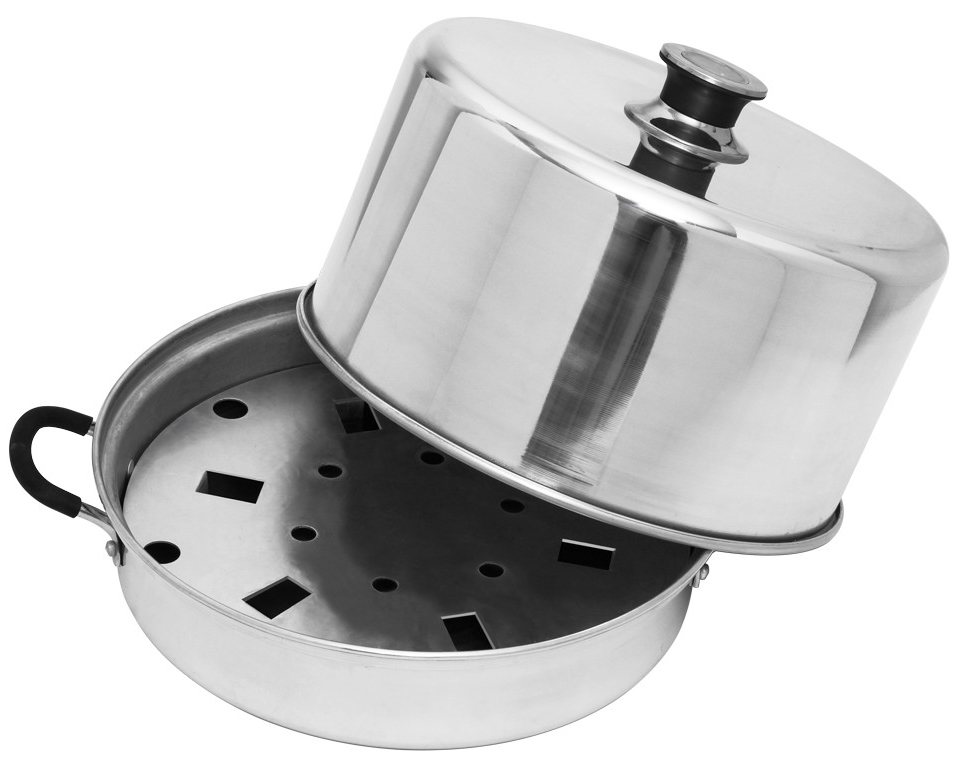Adaptive Canning Tools: Atmospheric Steam Canners
I have a genetic disorder that causes me certain physical difficulties when making my jams and jellies. Some of my blog posts, therefore, are going to be about adaptive tools and techniques that can make jamming easier. Today we’re going to start off that series by looking at an alternative to a conventional canner.
Most people who are canning jellies and jams use a traditional boiling-water canner with a rack. Because of my physical disabilities, I can’t use this type of canner; it’s too heavy for me to carry when full of water, and lifting jars in and out kills my rotator cuffs. Luckily, a friend clued me in to the existence of atmospheric steam canners (ASC), and now I can’t imagine going back to my old ways.
I can hear most of you saying “a what now?” I hadn’t heard of them either until I started using them 3 years ago. An atmospheric steam canner is NOT the same thing as a pressure canner and cannot be used in place of one! The National Center for Home Food Preservation has approved ASC’s as a safe method of home food preservation for most high acid foods with a pH under 4.6.

An atmospheric steam canner consists of three major pieces—a shallow base to hold water, a rack to hold up to quart-sized canning jars above the water, and a vented dome lid tall enough to go over the jars. Mine has a gauge on top which lets you know when the inner temperature is high enough to begin timing the processing.
There are a lot of advantages in using an ASC to make jams and jellies, especially for those of us with upper body strength issues or mobility limitations. Because it is made of aluminum, it’s much lighter than traditional canners. An ASC uses a lot less water than traditional canners, which makes it much easier to fill, carry, and empty (and also saves water). It’s also quicker to reach processing temperature, which heats up the kitchen less (and saving time and energy) compared to a traditional canner.
For more information on using this type of canner, The National Canter for Home Food Preservation has a fact sheet here: https://nchfp.uga.edu/publications/nchfp/factsheets/steam_canners.html. Almost every state extension service has a webpage about how to properly use atmospheric steam canners, and there are even a few videos on YouTube to give you some guidance.
If you’re finding your boiling-water canner difficult to use, you might want to try an ASC. There are a few different manufacturers: Victorio/VKP Brands, Concord, Fruitsaver, and Kitchen Crop are the most frequently seen. Prices run from $55 to $90, or you can look on eBay if you want to save some money.
Do you have any adaptive tips or tricks for making harvesting and canning easier? Post a comment and let us all know.

